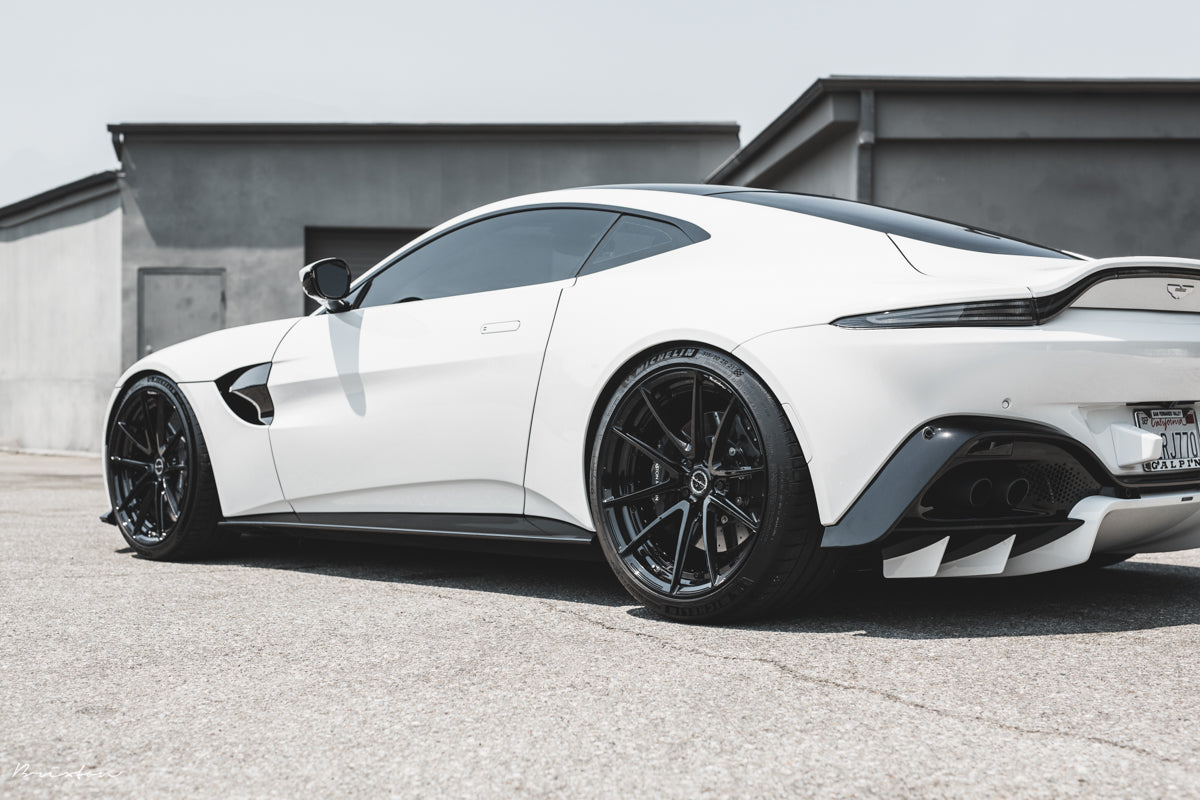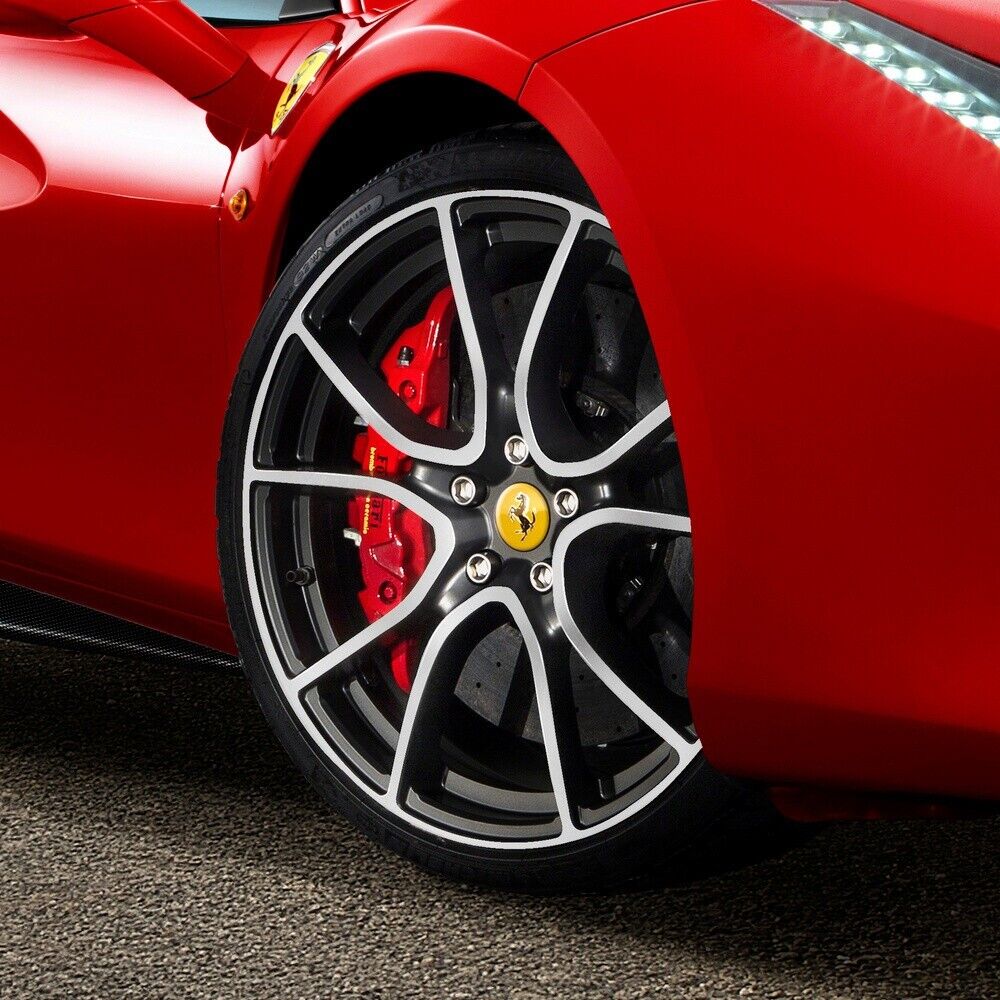
Audi Wheel Spacers Buyer’s Guide (UK Fitment & Safety)
Share
Introduction to Audi Wheel Spacers
Audi owners often look for wheel spacers to improve stance, handling, and clearance for bigger brakes. The question many ask is which size to choose and if they are safe. This guide explains the fitment, sizes, safety, and UK legal points you need to know. It is based on real measurements, common Audi platforms, and years of workshop experience.
Why Fit Wheel Spacers on an Audi?

Spacers push the wheels outward, creating space and a wider track. For Audi drivers this means:
- Flush stance – wheels sit level with the arches.
- Improved stability – a wider track helps in cornering.
- Brake clearance – room for larger S and RS calipers.
- Offset correction – fixes fitment when changing wheels.
- Appearance – a stronger, sportier look.
For daily drivers and performance models, these benefits make spacers one of the most common upgrades.
********************************************************************************************************************
Check out our BMW Wheel Buyers Guide here
********************************************************************************************************************
Audi Wheel Spacer Fitments
Most modern Audis share the same wheel hub fitment. This is because of the Volkswagen Group MQB platform.
- PCD: 5×112
- Centre bore: 66.6 mm
- Bolt thread: M14×1.5
- Hubcentric lip height: about 12 mm
This fitment covers a wide range of models: A3, A4, A5, A6, S3, RS3, Q3, Q5, and many more. Older Audis (pre-2008) may use smaller centre bores, so always check your car before ordering.
The benefit of this shared fitment is that one base spacer size fits hundreds of Audi models, which reduces the number of SKUs needed and increases compatibility.
Recommended Spacer Sizes for Audi

The thickness of a spacer changes both the stance and how the car feels. Here are the most common options for Audi owners:
- 5–8 mm: Subtle stance change, light clearance.
- 10–12 mm: Popular all-round choice. Keeps daily drivability while improving stance.
- 15–20 mm: Aggressive look, flush fitment on many S and RS cars.
- 25 mm+: Rare for daily use. Used when fitting wider wheels or adapting offset-heavy aftermarket alloys.
Examples:
- Audi A3/S3 (8V) → 10–12 mm front and rear is common.
- Audi A5 (B9) → 12–15 mm gives flush stance.
- Audi Q5 → 15–20 mm often used for SUV stability.
Hardware Requirements
Audi uses wheel bolts instead of studs. This makes hardware choice as important as the spacer itself.
- Thread: M14×1.5 for most modern Audis.
- Seat type: Ball seat for OEM wheels, conical for most aftermarket alloys.
- Length: OEM bolt length + spacer thickness.
- Torque: Around 120 Nm, but always check your manual.
Correct bolt engagement is vital. A 15 mm spacer needs bolts 15 mm longer than stock. If bolts are too short, you risk stripped threads. If too long, bolts can bottom out in the hub. Brightstone supplies the correct bolts with every kit.
Are Audi Wheel Spacers Safe?

This is the most common question from customers. The short answer is yes — if they are hubcentric and machined correctly.
A hubcentric spacer centres on the hub lip. This means the hub, not the bolts, carries the load of the wheel. The result is a fitment as safe as OEM. Problems only happen with non-hubcentric spacers, poor machining, or wrong hardware.
Key factors for safe use:
- Correct PCD, centre bore, and lip height.
- CNC machining from quality aluminium (6082-T6).
- Proper torque and retorque after 50 miles.
- Minimum thread engagement equal to the bolt diameter (≈14 mm for M14).
Legal and MOT Points in the UK
Wheel spacers are legal in the UK as long as tyres do not stick past the arches. MOT testers will check this during inspection.
On insurance, spacers count as a modification. Always declare them. Most insurers will simply add a note to your policy. Declaring protects you if a claim arises.
Maintenance and Checks

Like any performance part, spacers need some simple care:
- Clean hub face before install.
- Torque bolts in a star pattern.
- Retorque after 50 miles.
- Recheck during winter if you drive on salted roads.
Brightstone Engineering Audi Wheel Spacers

Brightstone Engineering designs and machines all spacers in the UK.
- CNC cut from aerospace-grade 6082-T6 aluminium.
- Black anodised finish for corrosion resistance.
- Hubcentric design, 66.6 mm bore for Audi fitment.
- Supplied with extended M14×1.5 bolts matched to spacer thickness.
- Lifetime guarantee against defects.
These details mean the spacer fits perfectly first time, with no vibration or risk of wheel misalignment.
Conclusion
Audi wheel spacers are a safe and effective upgrade when made hubcentric, machined accurately, and installed with the right bolts. They improve stance, stability, and brake clearance while remaining legal in the UK.
Brightstone Engineering produces spacers for A3, A4, A5, S3, RS3, and many more Audi models. Each set is UK-made with precision CNC machining and supplied with the correct hardware.
Browse Brightstone’s Audi Wheel Spacer Collection to find the right fitment for your car.
FAQ: Audi Wheel Spacers
Do Audi wheel spacers affect handling?
Yes, in a positive way. A wider track often makes the car feel more stable in corners.
Do I need longer bolts with spacers?
Yes. The bolt length must increase by the same amount as the spacer thickness.
Will wheel spacers pass MOT?
Yes, as long as wheels do not extend beyond the arches.
What size spacers are best for Audi?
10–12 mm is the most popular, with 15 mm common for a flush look on S/RS models.






